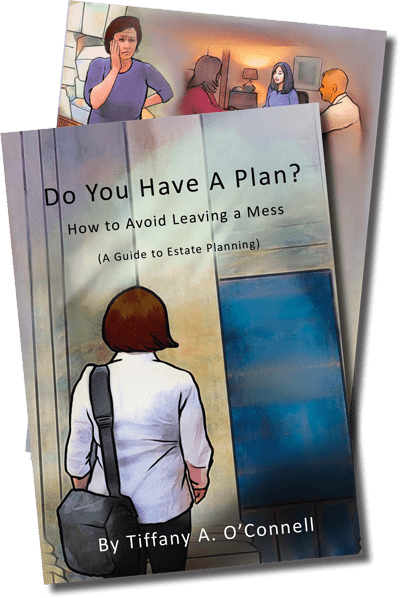When you sit down to create your will, this is probably driven primarily by your desire to decide who will be appointed as the guardian for your minor child and who will receive your property when you pass away. 
Part of this decision-making process, however, is about how much detail you intend to go into for the benefit of your heirs and your estate’s personal representative. If you have many different types of property and collectibles that need to be distributed to particular people, using a personal property memorandum in addition to your will is a good way to accomplish this. You can leave items of tangible personal property to people specifically by making that list of items and the people you intend to inherit them and then sign it.
In order for your personal property memorandum to become legally binding and connected with your will, you will need to reference it in your will. You should also sign the personal property memorandum and date it.
This document can provide clear direction at a time it is needed most. For a family member who feels frustrated about the interpretation of the will, it can also help to minimize the possibility of that family member moving forward with a probate dispute. View your estate planning and the creation of a personal property memorandum as essential to clarifying things for your loved ones.
Schedule a consultation with an estate planning attorney in MA who has a track record of looking at the big picture of your estate planning and breaking that down into strategies and tools that you need.

